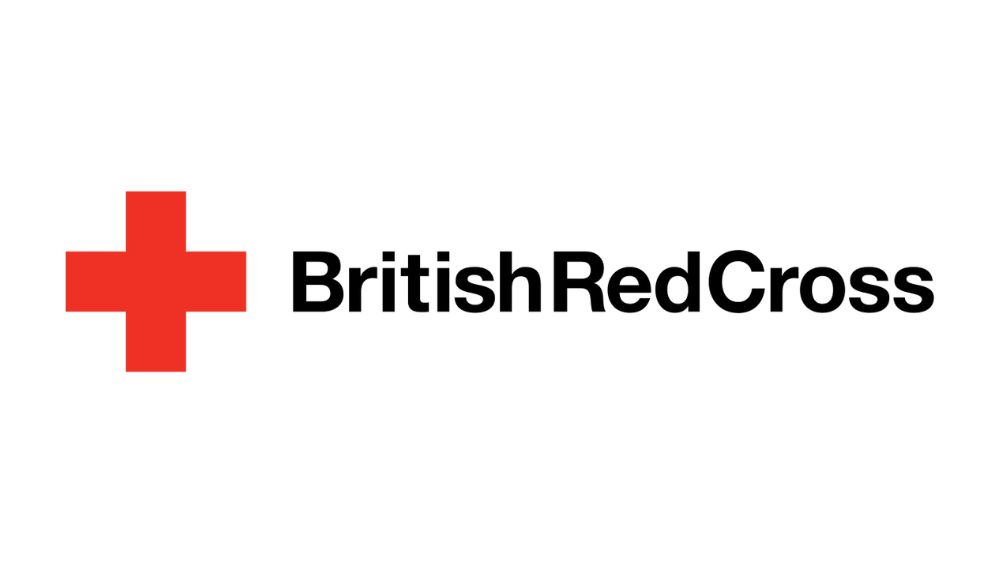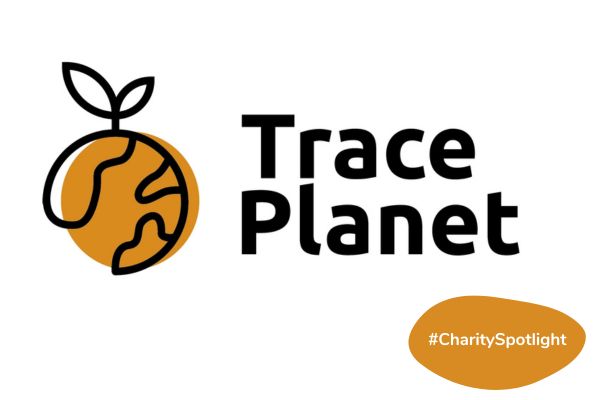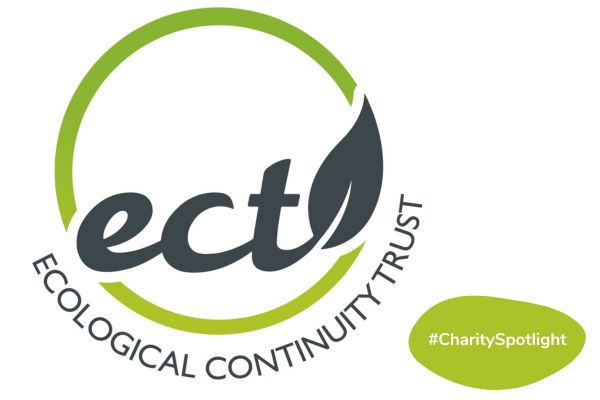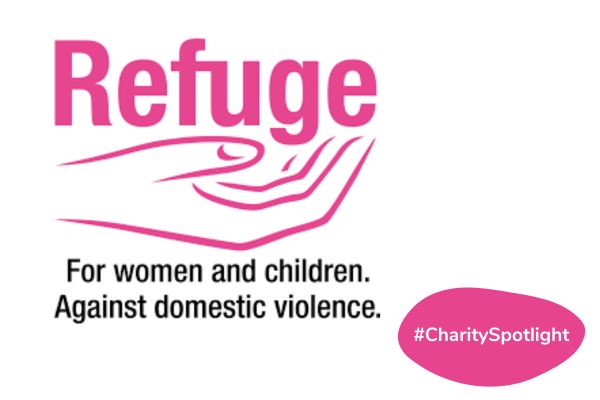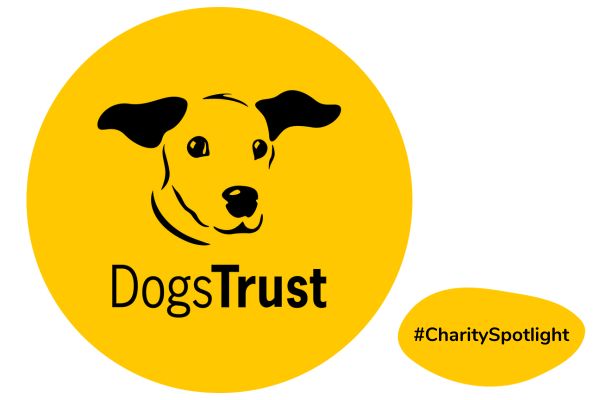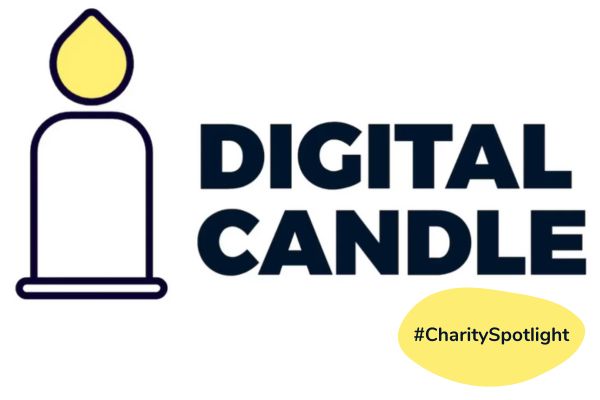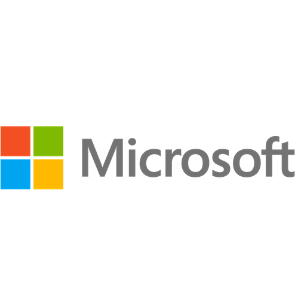Insights
INSIGHTS
All Topics
Charity Spotlight: Georgia Paton, Gaming and Streaming Manager at British Red Cross
23 May 2023by Laura Stanley
We speak to Georgia Paton, Gaming and Streaming Manager at British Red Cross, to debunk some of the biggest myths around adding gaming and streaming to a charity’s fundraising strategy
Gaming and streaming have emerged to become increasingly valuable revenue streams for charities in recent years. In the UK alone, the gaming industry is worth £7 billion, demonstrating the opportunity it poses for charities looking to invest in new ways of fundraising and new audiences.
However, getting to grips with gaming and streaming can seem daunting, particularly from the outside. There are lots of misconceptions leading charities to believe the medium is not worth their time, that their audience is not there, and that it requires a high level of expertise to integrate it into a fundraising strategy.
One charity professional committed to debunking these myths is Georgia Paton, Gaming and Streaming Manager at British Red Cross, who has been working on the charity’s gaming and streaming strategy since January 2021. British Red Cross initially launched its gaming and streaming fundraising activity during COVID-19 and has since seen it go from strength to strength, offering advice for individual fundraisers and corporates looking to get involved in this fresh and expanding area.
We sat down with Georgia after her session at the most recent #BeMoreDigital event to discuss more about gaming and streaming in 2023, what a good gaming and streaming strategy looks like, and why charities should consider adding it to their portfolio.
Charity Digital (CD): Why has gaming and streaming been such a good fit for British Red Cross?
Georgia Paton (GP): Big question! I think British Red Cross is very lucky that we launched this activity during the COVID-19 pandemic. It was a perfect storm in a teacup kind of moment. Obviously, we were having to pivot our activity away from in-person events and we’d already started looking at gaming and streaming because there has been so much success already. This isn’t new, it has been around for the past 10 years in the USA.
So, it was already something we were looking at and it was ready to go. The beauty of the games industry just booming – like Animal Crossing became the thing – it just made sense for us to push forward with it and we saw a lot of success.
I think there’s also an element of being involved in emergency appeals. When disasters happen across the world, when they’re very newsworthy, the red cross symbol is seen on the media and people have that association and if they are motivated to do something then it’s quite an easy choice to make to fundraise for us.
Sadly, there’s recently been a lot of disasters, conflict, and other circumstances that mean that people from around the world have wanted to give their time and fundraise for various causes, which has been very generous and amazing to see the outpouring of love. But also, as a big charity with a very good fundraising innovation team, we were able to put that investment of time and effort and resource and money into it, which I appreciate that other charities may not have that privilege.
CD: What does a Gaming for Good strategy look like in 2023?
GP: I don’t like the term “gaming for good” because it forgets the streaming side of things which is so important, especially the program that we’ve built up which is built on streamer-led fundraising, and when you’re streaming, you’re not necessarily gaming. You can stream and do just about anything.
For the Ukraine appeal we had an incredible fundraiser who worked in a forge, and we just watched him work in his forge all day for a week – it was amazing! And we’ve seen people doing glass art, make miniature buildings – everything under the sun.
We have had a lot of people play video games but saying that people fundraise by playing video games is like saying people fundraise by watching TV. It’s not as compelling, there has to be other things around it. And what we actually see is when people are fundraising on stream, people donate when the person is talking rather than when they’re playing the video game. So now we’ve got a new buzzword: the creator economy.
But other peoples’ strategy in this space is going to look very different depending on where they are on this journey, what their strengths are, what the opportunities are for them as an organisation. If they have strengths in corporate then they should be pursuing corporate avenues, if they have strengths with their celebrity team and really great outreach with content creators and so on then that influencer-led approach should be something they should pursue.
For us as a charity that’s been in this space since 2020, we are just building on our knowledge base in this space. We are now considered business-as-usual. We’ve gone through the pilot stage and it’s now about embedding the offering in our portfolio, but also looking beyond the portfolio. Because it’s not just a new product, or a new audience, it’s a whole new set of skills and understanding that we can bring to the rest of the organisation.
So, it’s cross-team working but also diversifying – we have had a history of looking at streaming campaigns, but we do want to be looking at corporate activations and we do want to be looking at those influencer-led activities, so for us we’re at a stage of diversifying and embedding.
CD: What processes did you need to put in place to grow your gaming and streaming strategy?
GP: It’s been a long road – two or three years, though not all at once thankfully. We brought on some new platforms, we fundraise using Tiltify which is a fundraising platform that was built by and for livestream fundraising. We also use a platform called Discord which is where we do our stewardship and we share information about upcoming campaigns with our past participants.
It’s just about creating a community space as much as peer-to-peer support to maximise their fundraising when they’re in-campaign. And we also have Twitch, which we use very sporadically, and we’re still working out the best way to do that. But we have done events like a Harry Potter quiz with Jason Isaacs, who’s one of our ambassadors and it was amazing, it raised £57,000 in two hours.
We also use it for stewardship, including having monthly spotlights talking to one of our past participants and making them feel awesome about what they’ve done because it is awesome! We’ve also used it as an information space as well where we talk to experts or our ops teams to really bring to life different areas.
So those are our different platforms but it’s also a new way of working to do a lot of internal education and set up new ways of working with our social media teams, our corporate teams, and our celebrity teams. Because this piece of work and this program, it’s not just a new product, it works across so much of what we do as an organisation and we needed processes in place to be able to work together in a really efficient and strong way.
CD: How have you motivated gamers to your cause?
GP: I’m going to open this one up to not just gamers, but also streamers and the video games industry. Much like anything else that we do it’s about impactful storytelling and videogames are a really strong way that we can do that, both internally and externally. But also the beautiful thing about streaming is essentially that it’s content creation, and it’s long-form content creation. We’ve all become very good at creating short-form on TikTok or a little video on Instagram or stories – we’ve become very good at those short, image-based forms of content. But this is long-form! We can tell more of a story, we can take people on a journey, we can really bring it to life.
So I think that’s really important, but we also listen. I will put my hands up, I’m not a gamer, I’m not a streamer, I’m a fundraiser and I’ve managed this program, and I’ve listened to the community that we’ve built and I ask for their opinions and their thoughts and their suggestions and we co-create things together which is really exciting and enables us to have that insight to bring it internally as well to say “this is why we’ve decided to do what we’re doing”.
And I think the main thing is being authentic. Again, I’m not pretending to be an expert, I’m leaning into the amazing things that we do as a charity, that incredible impact, and also the amazing insight and impact that our community bring – either by sharing their thoughts and feedback or by fundraising for us.
CD: What advice would you give to other charities who are looking at gaming and streaming as a fundraising option?
GP: Go back in time and attend my session!
I think immersing yourself is the really key thing. I’m sure it will spark some imagination, I’m sure it will spark lots of questions, and then go to other charities or go to your database or your colleagues, I’m sure you will find someone somewhere on the database or on your internal slider or whatever it is you use as an organisation – someone is going to be passionate about videogames and streaming.
And ask questions, be curious, and rid yourself of any assumptions – again, I have been working in this space for two years. I’m not an expert, I can tell you my experiences of what I’ve learned but I’m not a video gamer, I’m not a streamer, I’m a fundraiser. It’s about being really open to hear what people think who are going to be your fundraisers or who are from the space so that you can create something that they’d want to be part of. I think that’s really important.
Also remember that this isn’t a new product, this isn’t a new thing that’s going to be added to your portfolio, this is a new audience, a new program. This is the future audience for the next 20, 30 years. The average age for a video gamer in Europe is 31, so even if you don’t talk to anyone under the age of 65 as a charity, you will talk to that person in a couple of years, and if you can start now being meaningful, gentle, on the same platforms as them, then you’re setting yourself up for the long term value of that supporter and that will be great.
Learn more about British Red Cross's work
Click here to learn more about British Red Cross’s work giving support when crisis strikes
Laura Stanley
More on this topic
Related Content
Recommended Products
Related Videos
Our Events
Charity Digital Academy
Our courses aim, in just three hours, to enhance soft skills and hard skills, boost your knowledge of finance and artificial intelligence, and supercharge your digital capabilities. Check out some of the incredible options by clicking here.

